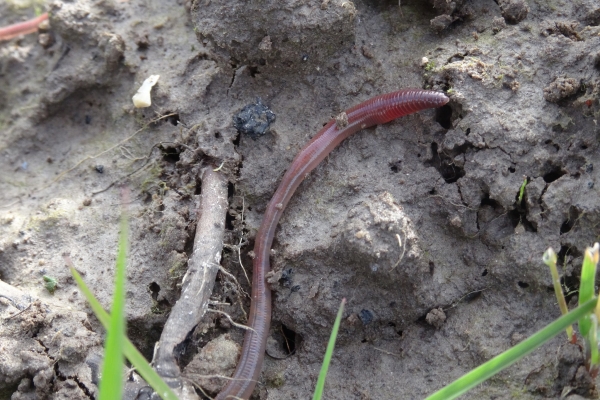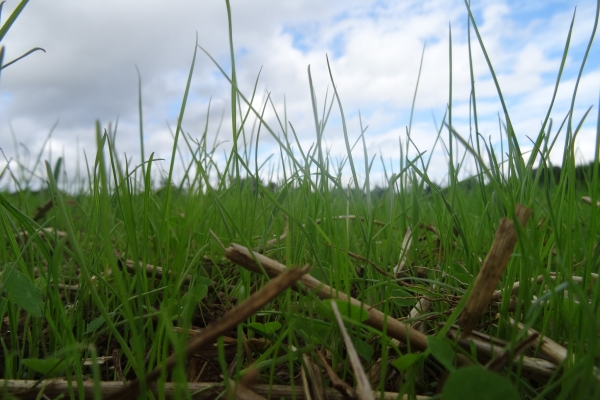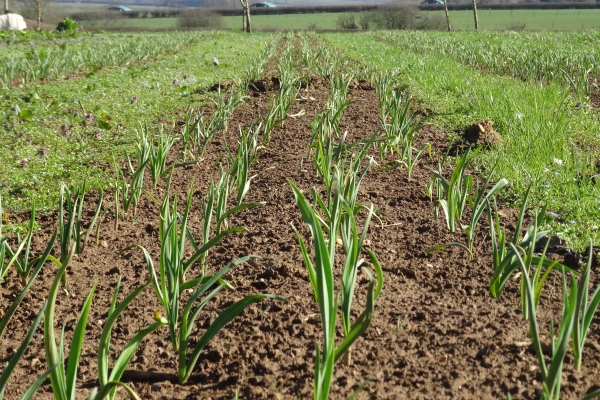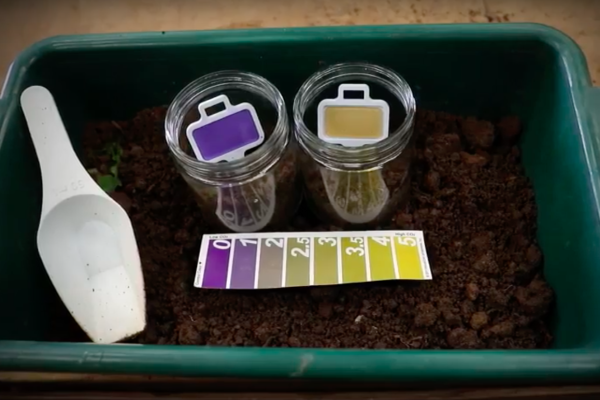Know your soils #8: 3 key soil tests to understand your soil health
Empowering farmers to monitor and build soil health themselves
Resource explained
For the eighth installment in the ‘Know your Soils’ series from the Soilmentor team they share the three easiest and key soil tests to do on your land. The infiltration rate test, earthworm test and slake test require basic equipment which can be found on most farms. They will give you a good idea of your soil structure, organic matter content, and how much biological activity is happening – all of which are key for healthy soil. All the ‘Know your Soils’ resources share practical tips for monitoring soil health and simple tests you can do on your land.
Findings & recommendations
- Clever land management can contribute to building soil health – reducing top soil run-off and nutrient leaching.
- The slake test indicates how well your soil structure withstands heavy rains.
- Healthy soil has an aggregated or crumb structure created by biological activity – true aggregates will not break down in water, aggregates formed from compaction will break down in water.
- Earthworm counts can help indicate the level of biological activity in the soil – earthworms are the largest organisms in the soil food web.
- There are three types of earthworm you can find in your soil: litter feeders break down organic matter on the surface, topsoil worms work on soil aggregation and nutrient mobilisation, deep burrowers keep water percolating deep down.
- The infiltration rate test shows how well your soil can take in and hold water.
- Faster infiltration rates indicate aggregated soil structure which allows water to percolate down inbetween soil particles.
- Slower infiltration rates indicate compacted soil, with no aggregation or gaps inbetween soil particles.
- Creating a photo diary of soil tests and samples is a good way to visually see how your soil is changing (you can do this with the help of the Soilmentor app).
Summary provided by:
Annie LandlessEdited by:
Janie CaldbeckRelated articles
The first of a twelve part series called 'Know your Soils, where practical tips for monitoring soil health and simple tests you can do on...
Learn how to identify different types of earthworms and therefore how you may be able to improve your soil management in this quiz brought to...
How much topsoil and nutrients do you lose with rainwater run-off? This resource explains a test you can do to understand how much is running...
Know Your Soils #4: “If you want to capture carbon, you have to think like carbon!” hear from Napa RCD soil scientist & farmer Charles...
Find out how good your soil is at preventing precious nutrients from washing away with the rain and what you can do to reduce nutrient loss.
Read these books to get up to speed on soil health and how to build it for your land.
Use this soil test to learn how active microbes are in your soil. Monitoring respiration rates indicates the soil’s ability to support living roots and plant...
Alex Heffron uses a plate meter to monitor the volume of forage available in fields across his farm allowing him to improve grass growth and...
Which soil tests to do, when to do them, which fields and where on the fields to test to get a representative sample.










